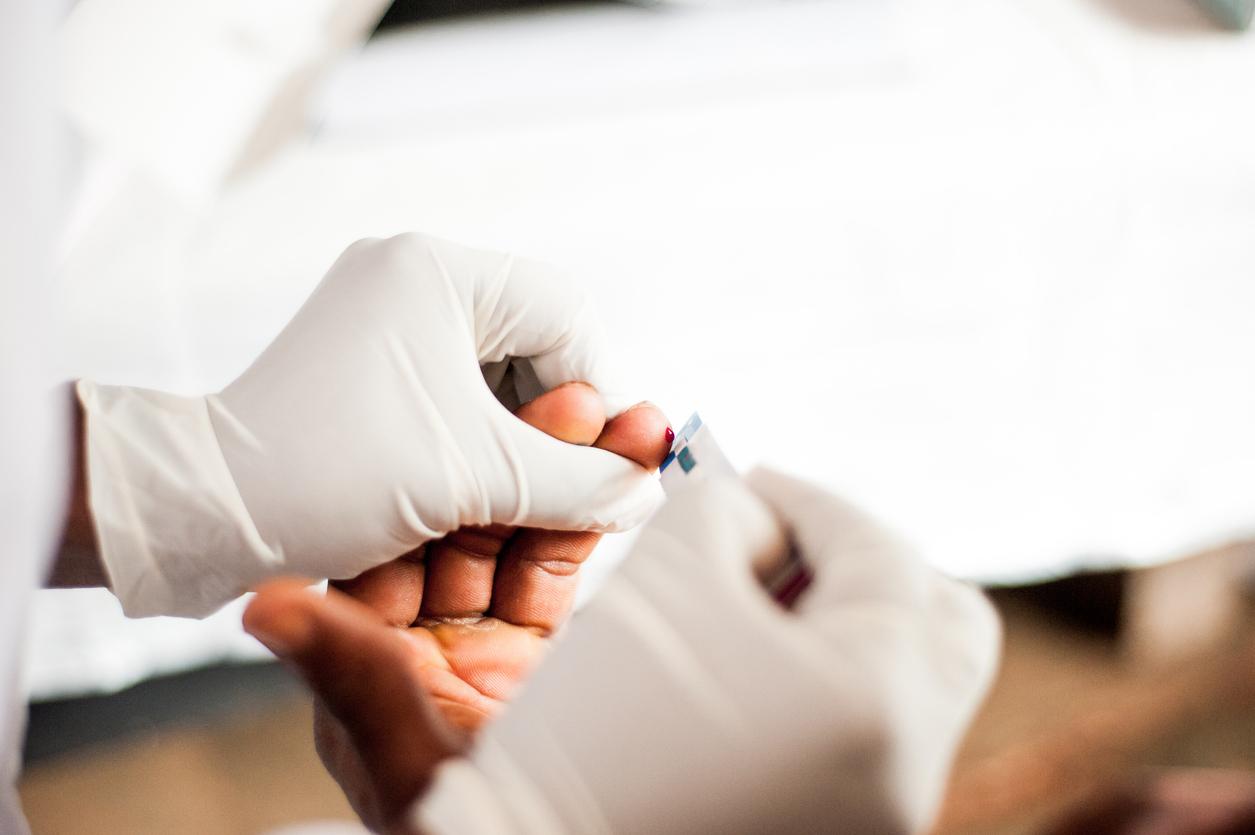Carried out jointly in 2010 by the National Institute for Public Health Surveillance (Invs) and the General Directorate of Health (DGS), the Prévacar study aimed to determine, for the first time, the prevalence of HIV infection. and the hepatitis C virus in people detained in France. The figures from this study, published today in the Weekly epidemiological bulletin confirm that people in detention are more vulnerable than the rest of the population. Data which confirms the value of a risk reduction policy in prisons.
Among the 60,975 people detained in May 2010 in 188 penal establishments, 2,154 individuals were drawn in 27 establishments. For each detainee drawn at random, an individual questionnaire was completed based on the data contained in his medical file on the day of the investigation. The results were then published under a number, in order to respect the anonymity of the detainees.
Thus, in 2010, the HIV prevalence among incarcerated people was estimated at 2.0% and was higher among women (2.6%) than among men. It should be noted that 75% of detainees carrying HIV received treatment for their infection and that among people with AIDS, 94% were treated.
The prevalence of hepatitis C virus was estimated at 4.8% and was higher in women (11.8%) than in men. Almost half of those infected with hepatitis C had chronic hepatitis and 44% had received or were receiving treatment for the virus.
In total, the prevalence of HIV and HCV was six times higher in prisons than in the general population.
This Prévacar study confirms the importance of screening and management of these infectious pathologies during incarceration in order to limit their transmission and improve the prognosis of these patients.















